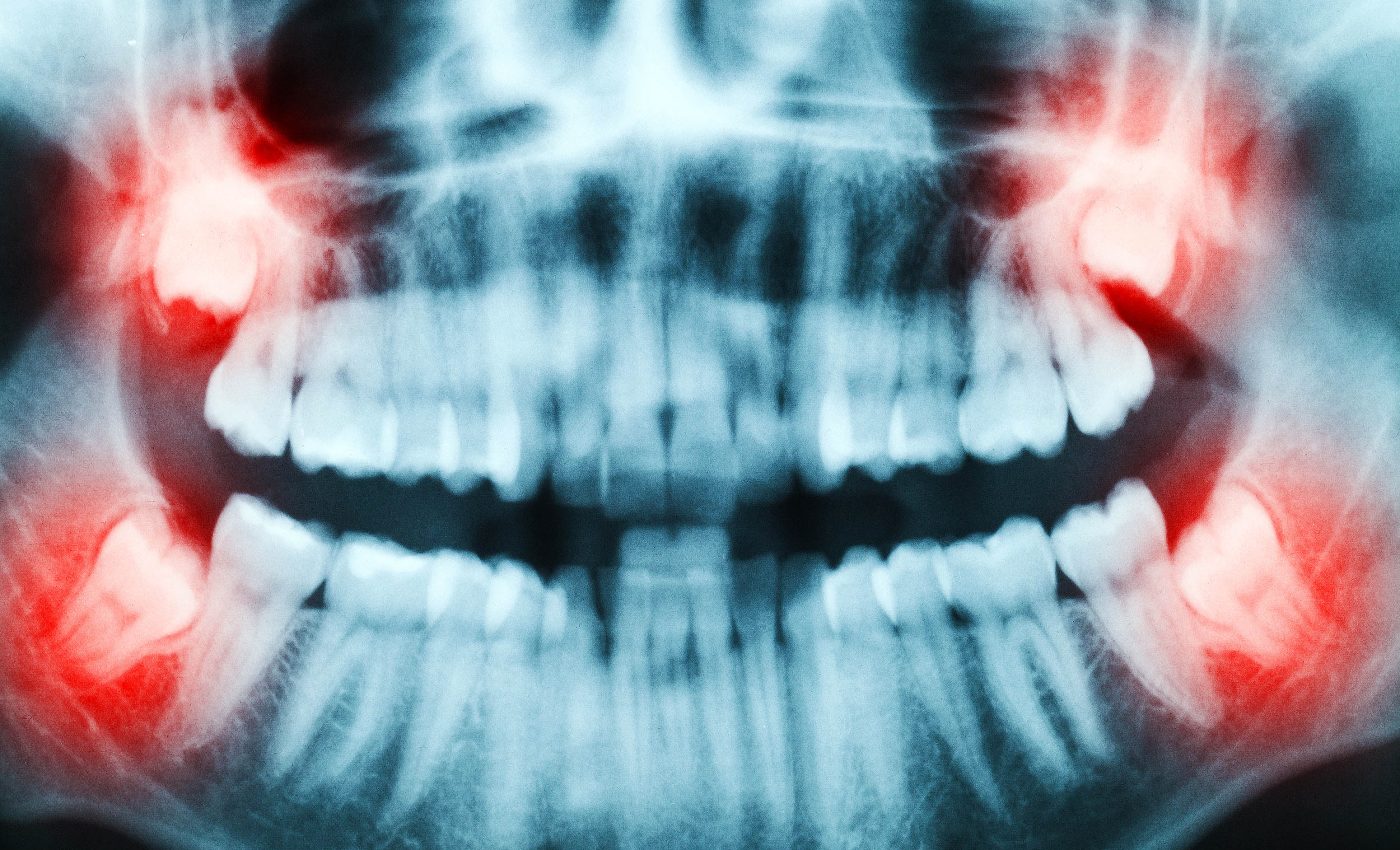
Stem cells from extracted wisdom teeth are like "medical gold," able to treat multiple diseases
Millions of Americans schedule wisdom‑tooth surgery each year, treating the third molars as little more than biological clutter. However, these grinders hide valuable dental stem cells at their core, and may prove to be critical in the treatment of several serious diseases.
That routine visit to your dentist could soon double as the first step in a personalized medical plan, now that researchers have confirmed the teeth hide stem cells with a knack for rebuilding bone, cartilage, and even nerve tissue.
The research was led by Dr. Gaskon Ibarretxe, an associate professor in the Cell Biology and Histology Department at the University of the Basque Country.
Unlocking hidden cells
Every wisdom tooth shelters a soft core called dental pulp, a vascular pocket that keeps the tooth alive.
Scientists have isolated pulp‑resident cells that behave like immature body builders, able to transform into neurons, heart muscle or bone, once coaxed in the lab.
Ibarretxe’s team recently turned pulp cells into electrically excitable neuron‑like cells, that could fire the voltage spikes that real neurons use to talk.
“That jump from marker expression to genuine electrical activity is essential, because damaged brain circuits need cells that can send signals,” noted Ibarretxe.
Harvesting stem cells from teeth
Roughly 10 million wisdom teeth are removed in the United States every year. Most head straight to a biomedical‑waste bin, yet each freshly extracted tooth offers a painless harvest of living tissue.
Dentists usually perform these surgeries on teens or young adults, an age sweet spot when pulp cells still divide briskly and carry few DNA errors.
Laboratories already partner with oral‑surgery clinics to bank teeth on dry ice, then ship them to GMP‑grade freezers where the pulp is processed and stored in liquid nitrogen.
Stemodontics, one such service, calls the practice “biological insurance.”
Dental stem cells are medical assets
Most extracted wisdom teeth are discarded without a second thought, but some companies now offer preservation kits to turn this waste into long-term medical assets.
The kits are sent to dental offices ahead of time and include all materials needed to keep the dental stem cells in the pulp viable during transport.
Unlike embryonic or cord blood stem cells, dental pulp stem cells are collected with minimal ethical concerns, since the tissue would otherwise be thrown away.
This makes them a practical choice for expanding access to personalized regenerative therapies, especially as the cost of stem cell banking continues to fall.
Dental stem cells and disease
Pre‑clinical studies show that dental‑pulp cells can ease motor symptoms in rodent models of Parkinson’s disease by replacing lost dopamine‑making neurons.
In Alzheimer’s research, the same cells secrete growth factors that protect synapses and may slow the buildup of toxic proteins. A 2024 review outlined how pulp‑derived cells help clear amyloid plaques and calm brain inflammation.
Clinical momentum is growing. Nature Medicine recently reported early‑phase trials in which stem‑cell implants survived and released dopamine in people with Parkinson’s.
While those trials used embryonic lines, dental stem cells may offer similar benefits without the ethical baggage.
Building a personal biobank
Banking one’s own dental stem cells eliminates immune‑rejection worries, and can shave months off treatment timelines that would otherwise require donor matching.
Extraction logistics are straightforward: the oral surgeon places each tooth into a sterile vial, couriers rush the package to a lab, and technicians thaw, isolate, and freeze the pulp cells in under 24 hours.
The upfront fee rivals that of cord‑blood banking, yet the potential payoff spans decades because adult stem‑cell lines can be expanded repeatedly for multiple therapies.
Stem cells used in multiple health issues
Outside the nervous system, dental stem cells build mineralized tissue faster than bone‑marrow cells, making them attractive for use in jaw repair after tumor surgery.
Cardiologists have tested dental‑pulp secretions in mice with heart failure and found improved ejection fractions, hinting at the potential for future cardiac patches grown from a patient’s own molar.
Orthopedic researchers see value too: in vitro, the cells lay down collagen and calcium in orderly sheets that mimic healthy cartilage, a property that could revolutionize joint‑repair grafts.
Breakthrough therapies for disease
Regulators still need long‑term safety data, especially because transplanted cells must integrate without forming tumors.
Researchers are drafting multicenter trials that compare pulp‑cell implants with standard deep‑brain stimulation for movement disorders.
If the dental stem cells restore function and trim health‑care costs, dentists may soon hand every patient a preservation kit along with post‑op ice packs.
The field also faces equity questions: wisdom‑tooth banking should not become a luxury limited to families who can afford elective services. Public biobanks or insurance incentives could close that gap.
For now, the message is simple: before tossing those molars, consider the regenerative gold hiding inside. The next breakthrough therapy for Alzheimer’s disease or spinal‑cord injury may start with the tooth your dentist once called an inconvenience.
The study is published in Stem Cell Research & Therapy.
—–
Like what you read? Subscribe to our newsletter for engaging articles, exclusive content, and the latest updates.
Check us out on EarthSnap, a free app brought to you by Eric Ralls and Earth.com.
—–













